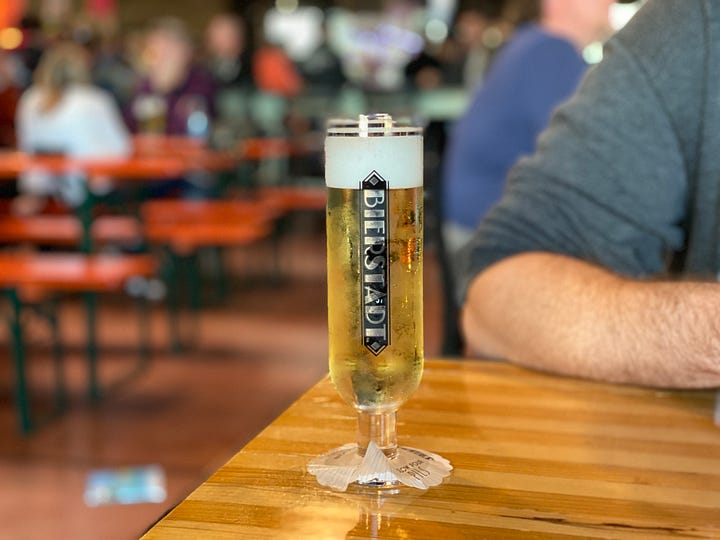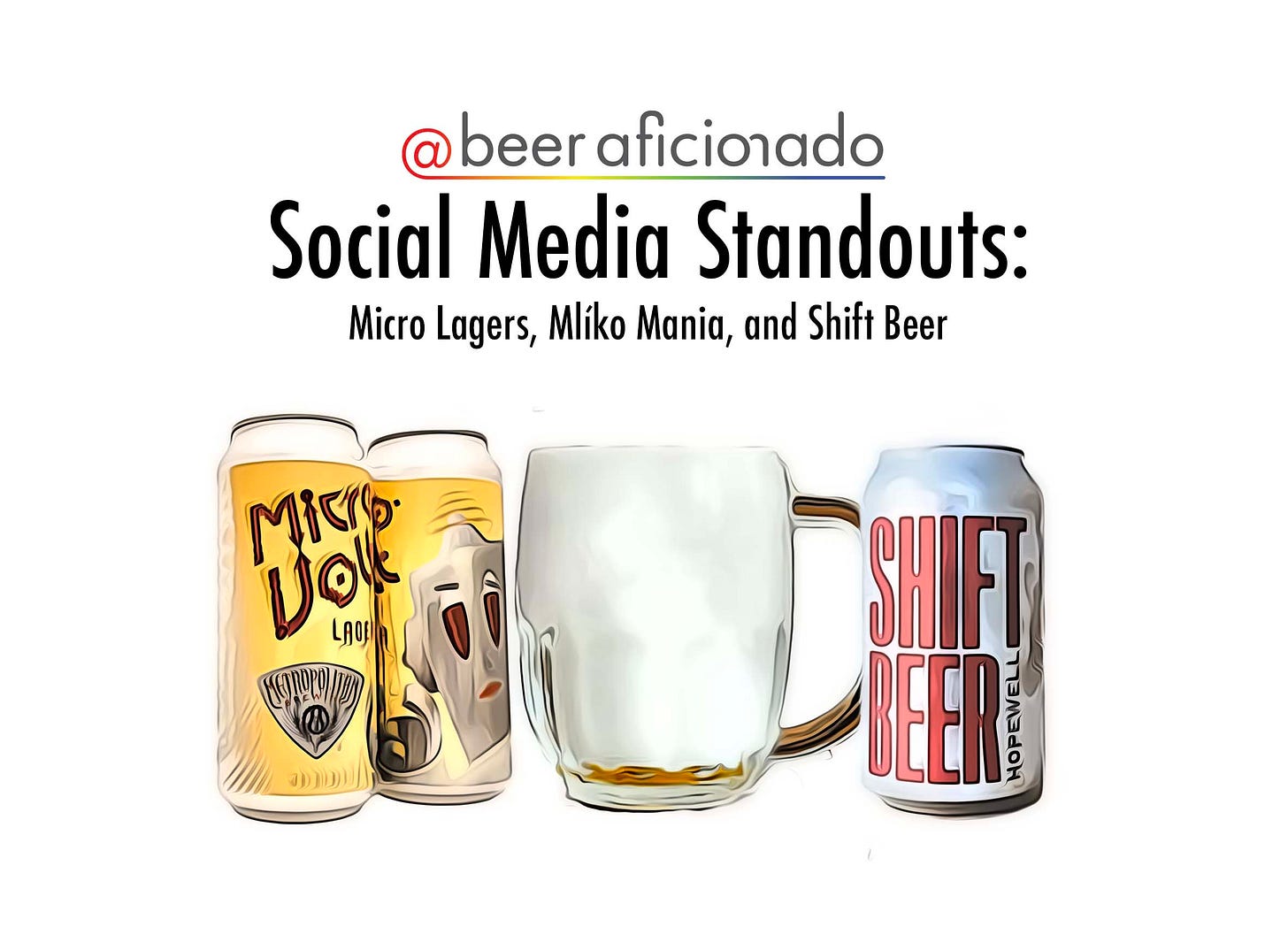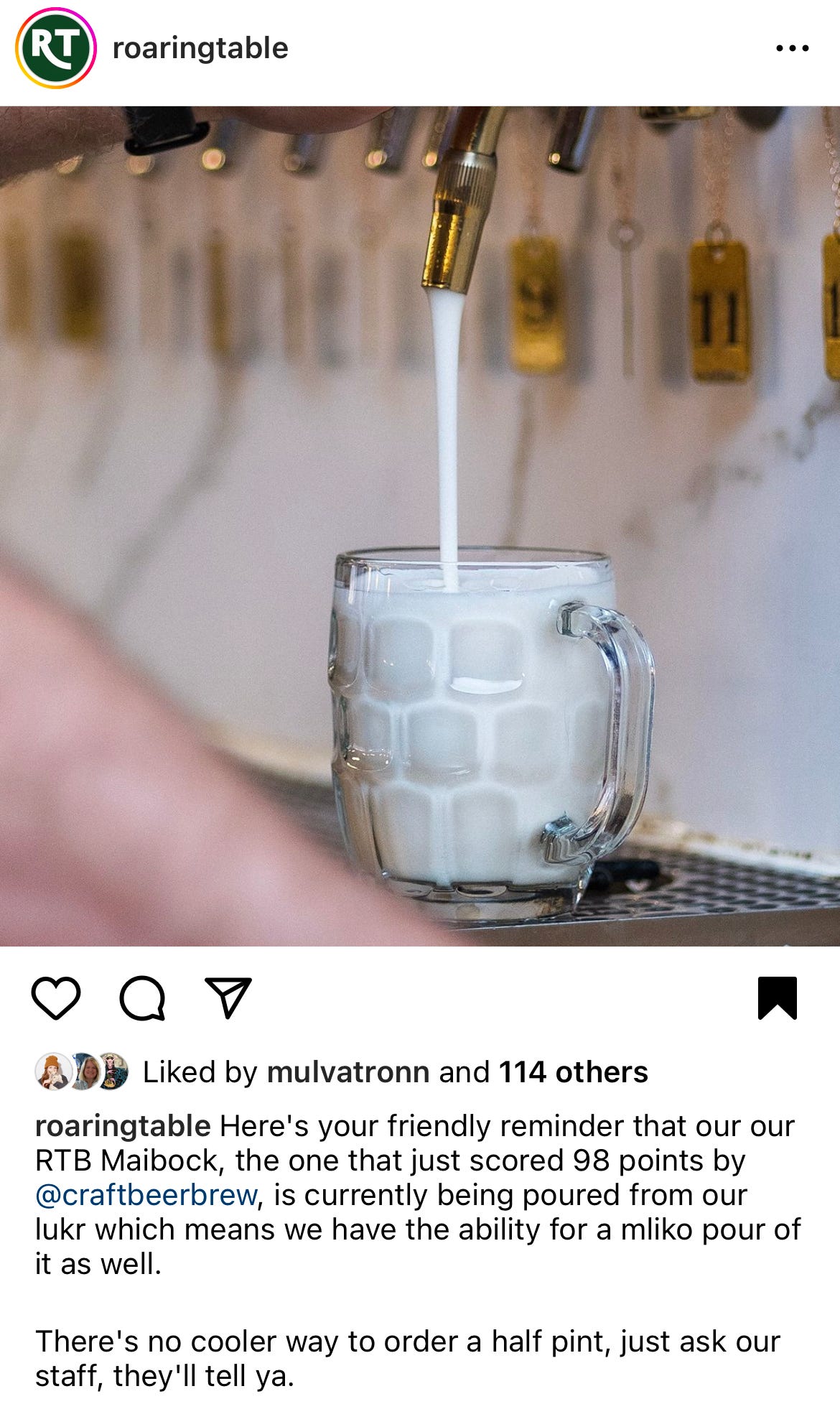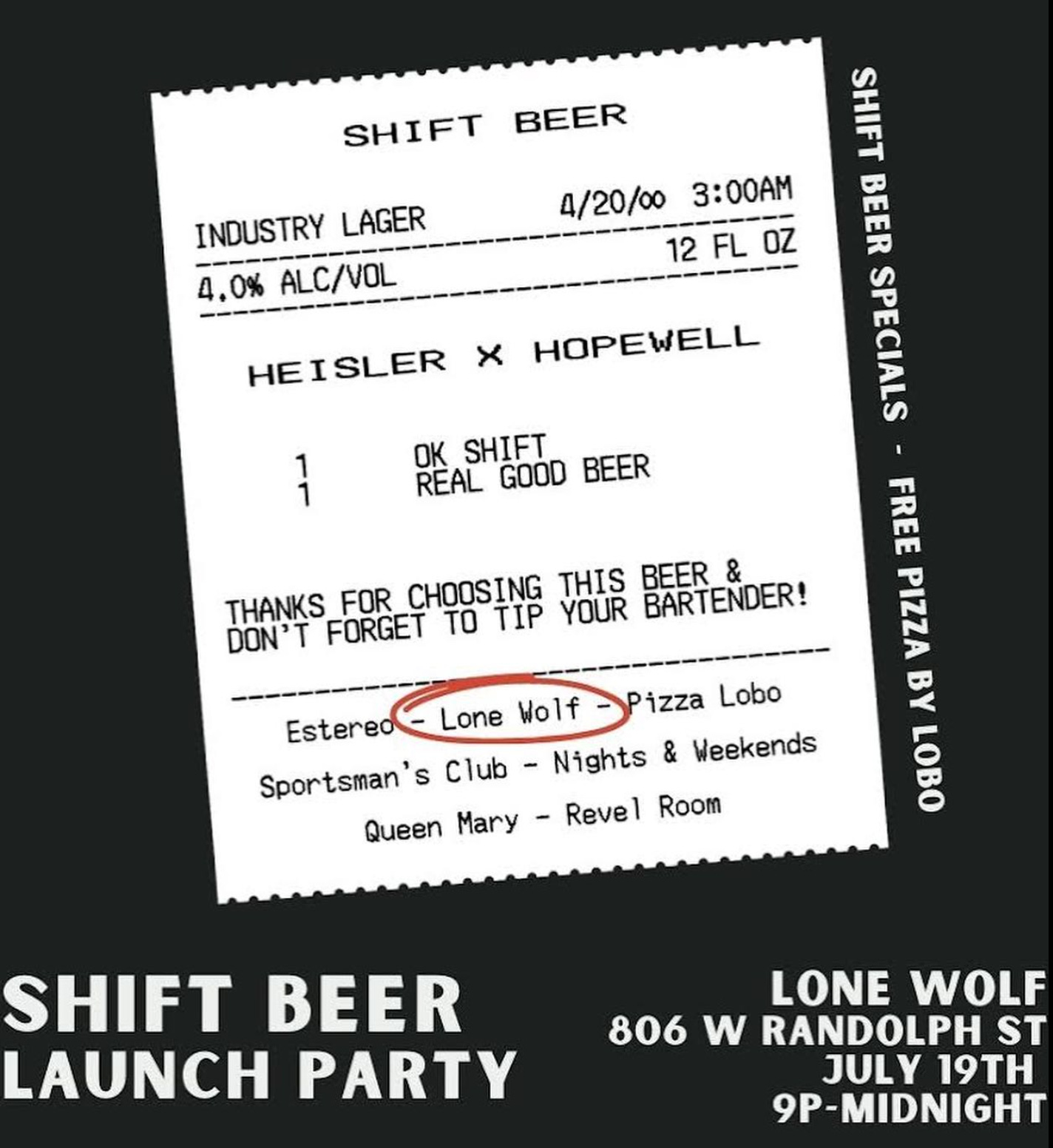Lager has swept away my attention this past week as far as what made me pound the “like” button on social media. Three different Chicago breweries came at the category in three unique ways this past week including: gravity, experience, and occasion.
Micro Lagers
Craft Breweries generally avoid the word “light” because of its historic association with cheaper quality beers, however interest in creating extra low ABV lagers has become a natural extension of the rise in craft lagers. So what changed? I think in part, craft lagers originated as the antithesis to cheap lagers, however that’s shifted more so to becoming an alternative to IPAs for those burnt out on hops, haze, and high gravity. The term “light”, or craft’s preferred equivalents, has become more fair game as its aging fanbase has gained more and more appreciation for the occasion and less infatuated with strength. In turn, small and independent breweries are proving that low ABV doesn’t have to mean low in flavor either.
Chicago’s Metropolitan Brewing, and original champion of our local lager scene, was the most recent to go for it, recently posted on their Instagram:
If you'd told us a decade ago that we'd someday brew a low ABV lager, no way would we have believed you. But we're here now, with no regrets.
Microvolt Lager, available year-round, is loaded with all-bets-are-off, we-do-what-we-want energy. First, we aimed low, as in a low ABV of 3.8%. We never read any rules about low ABV beer having to taste like shit. Then, we went big, as in 16 oz cans in 4-packs; because you can drink a lot of this one.
Always available on draft and in 4-packs of 16oz cans in our tap room and in the world.
I always appreciate when a brewery removes the veil and gives you an honest take, like that they’re making a beer that at an earlier point in time they may have spoken out against. In the past, pride has often gotten in the way of being this forthcoming and genuine about one’s own evolution, but the reality is that we all change and it’s not only okay to talk about that, but that honesty could build additional trust and relatability with customers.
Mlíko Mania
As craft breweries and beer bars continue to regroup and reinvent themselves post-COVID, creating new draws toward the on-site experience are crucial. Many are pulling inspiration from Denver’s Bierstadt Lagerhaus and the mystique surrounding their Slow Pour Pilsner. It’s near impossible to replicate its success as the early mover in the US, plus the tradition of the Great American Beer Festival each September where lager-thirsty brewers from around the brewery descend upon Denver tweeting about its greatness. But that doesn’t mean that others can learn from it and lean on its fundamentals.


The concept of a lager pour that can’t be replicated at home is a blue print worth studying and Chicago’s been hard at work creating new awareness around the various forms of Czech pours. The Slow Pour has definitely shown up, but now we’re seeing the full “extreme” of the Mlíko. As a glass filled with wet foam, with just a bit of beer at the bottom, critics looking for bang for their buck are baffled that anyone would order such a thing. But the sweet and smooth treats are meant to be just that, like a shot that compliments your trip to a brewery, not the end of shift thirst quencher that you want at the end of the day.
Since opening it’s Taproom a few years back, Chicagoland’s Goldfinger Brewing has offered a secret, off-menu option to order a Mlíko pour. Lakeview’s Beermiscus, a craft beer and bottle shop, has put a lot of effort into education around the 3 popular Czech-style pours, regularly offering them to patrons across their bar and creating videos on TikTok. Last week, they even announced two free industry seminars on the Lukr Side Pull faucet used to facilitate these pours, one yesterday at their Lakeview location and a second in a couple weeks at their Highwood spot. I also spotted another Chicagoland brewery, Lake Zurich’s Roaring Table offering their new Maibock as a Mlíko pour.
Hopewell’s Shift Beer
Chicago’s Hopewell Brewing announced a new venture into the Light Lager space last week, but as a “house beer” designed for the Heisler Hospitality group consisting of 7 different bar & restaurant concepts around Chicago. The first thing that caught my eye on their Instagram post wasn’t the branding, which is very different from Hopewell’s standard aesthetic, but instead the name, Shift Beer.
Out of curiosity, I searched Untappd and while plenty of entries for Shift Beer come up, the majority are really small one-offs with no logo, and none exceed 4,000 lifetime check-ins, meaning this name is unlikely to run into a trademark conflict. Shift Beer is such a strong term in the industry, that for a minute I was surprised they used such a wide reaching term on a limited beer. But then I thought about how Hopewell also champions “Little Buddy”, an 8oz Little Lager that is marketed toward a number of unique occasions for craft beer (bloody mary chaser, shot & a beer, final final, etc). With Little Buddy such a major part of Hopewell’s identity and top brand in their distribution markets outside of Chicago, a brewery of their size likely doesn’t need a second year-round American Lager to fight for their attention.
Next up is the opposite face of the packaging, which cleverly mimics a receipt stuck to the can. Here’s what went through my mind as I read through their inclusions:
Style Name - Note the name of the style “Industry Lager”, which to me is a way around saying “Light Lager” and sounds like it could be a brand name (like Shift Beer) in itself. As a big brewery’s market wide release, those Shift Beer and Industry Lager might bump into each other but in this case the term “industry” seems to be being used to complement and build on the end of shift occasion and its target audience.
Humor - The small print of a receipt allows plenty of space for some light jokes and reference to the shift being OK, but the beer being a highlight.
Reminder to Tip Bartender - Always a way to gain the appreciation of the staff serving your beer is the inclusion of a reminder that they rely on tips for the majority of their income.
Then lastly, I have a strong appreciation for a well thought-out system for turning a brand’s packaging into graphic assets used to promote the beer and events built around it. I’m also especially appreciative when that system is built to be repeatable, making the work scalable on the design side. In this example, they used the receipt side of the can to make a graphic for the release party and it will be especially easy to make new versions for the other locations simply by changing the location and shifting the red circle to the correct location. A great example of working smarter, not harder.
Remember, there’s no such thing as “the year of the lager” in craft beer given the foothold that the broader macro brands have and always will have. We’re probably never going to see extraordinary growth in a single calendar year, but as craft breweries continue leaning into new occasions, experiences, and customers, craft lagers will gain more and more adoption, whether it’s the macro drinker who had a great time at their local brewery or IPA fans looking to shift gears.











I’m so jealous of the Shift Beer branding they did I could scream. Someone deserves a raise.